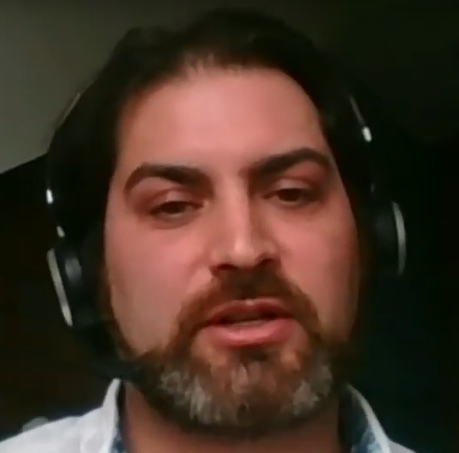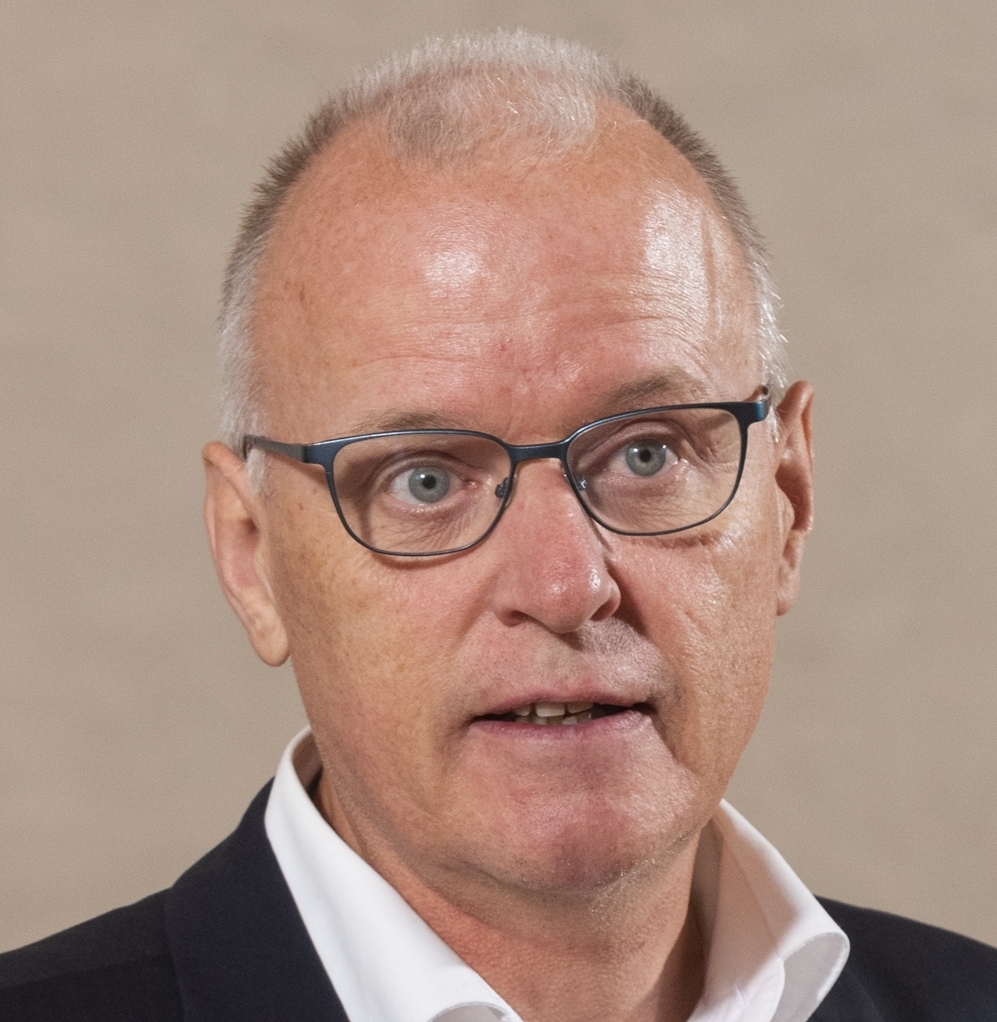Poster Presentations 2
The Volkswagen Foundation invited young researchers conducting research on the topic of the symposium to apply to take part in the conference with a poster. From the applications received, 19 projects were selected to be presented at the conference in four blocks. Four scholarship holders were unable to attend, but made their posters available in written form. These can be found in the "Posters without presentation" section. Unfortunately, the poster presentations could not be translated simultaneously. Three blocks were in English, one in German.
Invisible Churches

- Name / Titel
- Elena Contarin
- Funktion
- Politecnico di Torino, Italy
Religious buildings belonging to the Catholic Church in Italy amount to over 65.000, but this is not the ultimate fact. Congregations, public bodies and private citizens also own churches and a final count is therefore hard to guess. This is the complex frame in which to place the invisible churches: religious buildings that have been dismissed, never considered, never surveyed. This research wishes to correct the lack of studies on the Italian phenomenon, focusing on the Diocese of Turin’s local territory. Based on reserved documents, the study investigates how thirty-four churches fell into disuse in the last twenty years and evaluates the outcome of the dismissals. The complete story regarding each case has been reconstructed like a mosaic by putting together pieces of information found in texts, articles, interviews with clerks, mayors, planners, citizens and by exploring those very places of dismissal. Every hypothesis for reuse has been matched with the actual effective function of each building, the cases have therefore been catalogued according to recurring features, including property, public availability, and eventual realisation. Furthermore, a tool for analysis has been introduced to compare the cases between them and highlight recurring situations and behaviours. The research displays the status quo in the Diocese of Turin and proposes an unprecedented database which can be useful to develop further studies on a wider time range. Furthermore, the study introduces specific key themes, such as planning, joint responsibility, sustainability, and protection, on which to focus in a broader research perspective.
Reuse and risk of the Italian Ecclesiastical heritage: a research project for the planning of prevention and management of the processes

- Name / Titel
- Giulia de Lucia
- Funktion
- Politecnico di Torino, Italy
The recent census of the Italian churches, promoted by the Italian Conference of Bishops, highlighted a large number of underused churches that are currently overabundant compared to the ordinary liturgical use. As a consequence of this feature, plans of reuse and hybrid use of these churches will soon be required. However, due to the high level of risk that threats the Italian territory (e.g. seismic risk, hydrogeological risk, and landslide risk), future actions planning for ecclesiastical heritage that take into account maintenance activities for the risk reduction and safety of these buildings, are required. In this perspective, the project "BCE-RPR. Ecclesiastical cultural heritage: risk and planning for a prevention and resilience", promoted by the Italian Conference of Bishops (National Office of the Cultural Heritage and Ecclesiastical Buildings), is carried out at the Politecnico di Torino (R3C Centre). This research project is conceived to investigate methodological and practical approaches to the protection of ecclesiastical heritage against risks, both natural and anthropic (e.g. scarce maintenance, underuse, abandonment, theft), in order to start the construction of a shared strategy supporting decisions for the preservation and the eventual reuse of churches. The proposed approach entails multi-scalar and multidisciplinary analyses of the problems and risks affecting ecclesiastical heritage. The first results of the research provide for territorial maps (inter-parish scale) of vulnerabilities of churches. These maps may represent one of the available tool to select intervention priorities and plan activities.
Liturgy and landscape. Reactivating Christian funeral rites through adaptive reuse of a rural church and its surroundings as a columbarium and urn cemetery

- Name / Titel
- Samuel Goyvaerts
- Funktion
- Tilburg School of Catholic Theology, Tilburg University, The Netherlands

- Name / Titel
- Nikolaas Vande Keere
- Funktion
- Hasselt University, Belgium
We present the design research for adaptive reuse of the St. Odulphus church as columbarium in the village of Booienhoven (BE). Surrounded by agriculture, the site is listed as a historic rural landscape. The small neoclassical church is no longer in use for traditional Catholic services and abandoned. Positioned on an isolated ‘island’, it has the appropriate setting to become a place to remember and part from the dead. Instigated by the municipality, and taking into account the growing demand for cremation, we present a topological research on three different liturgical and spatial levels: 1/ the use of the church interior as a columbarium and for (funeral) celebration, 2/ the transformation of the ‘island’, stressing the idea of ‘passage’ and 3/ the layering of the open landscape reactivating the well-spring and its spiritual origins. Based on the reform of the funeral rite after Vatican II, we propose a layered liturgy that can better suit the wide variety of funeral services in Flanders today, while at the same time respecting its Catholic roots. Rather than considering the reuse of the church a spiritual loss, we believe that it can offer the opportunity to reinforce and open up the traditional symbolic and ritual meaning of the Christian liturgy to the larger community. As such, this case is an excellent example of how, in exploring new architectural and liturgical questions, religious sites can transform into contemporary places for spirituality.
OPPORTUNITIES. A strategy for the adaptive reuse of churches

- Name / Titel
- Lorenzo Sizzi
- Funktion
- Politecnico di Milano, Italy
On January 18, 2013, the Pitchfork magazine began with an unusual advertisement: the former church owned by a Canadian band had been put up for sale. From the singularity of this input comes the desire to investigate a phenomenon, the trade of churches, which has proved to be the tip of the iceberg of a broader theme: the decommission of buildings dedicated to Christian worship. Following an investigation carried out regarding the situation of five European countries, selected thanks to the direct support of some experts known in the context of two international conferences, it is initially outlined the decommissioning process, a typical scheme that describes the evolution of the phenomenon. Reflecting on the consequences of this process, Opportunities arises from the desire to conceive a strategy capable of preventing the practice of uncontrolled and unconscious reuse of churches, focusing in particular on all those situation of growing underuse where the sacred place is still alive and might represent something more for its community. The strategy is organized in two phases. The first is aimed at understanding the church building and culminates in the definition of four fundamental properties. The second concerns re-use and its aim is to analyze a selection of case studies by experimenting a qualitative evaluation method that works by dividing the intervention into two themes: program and spatiality. Reflecting on the analysis of the selected realities, four results are extracted, aimed at identifying some guidelines and a series of best practices able to constitute a support for L’Oratorio Sociale, an experimental mixed-reuse design for the church of Sant’Andrea Apostolo in Bergamo.
Chair

- Name / Titel
- Johannes Stückelberger
- Funktion
- University of Bern, Switzerland
